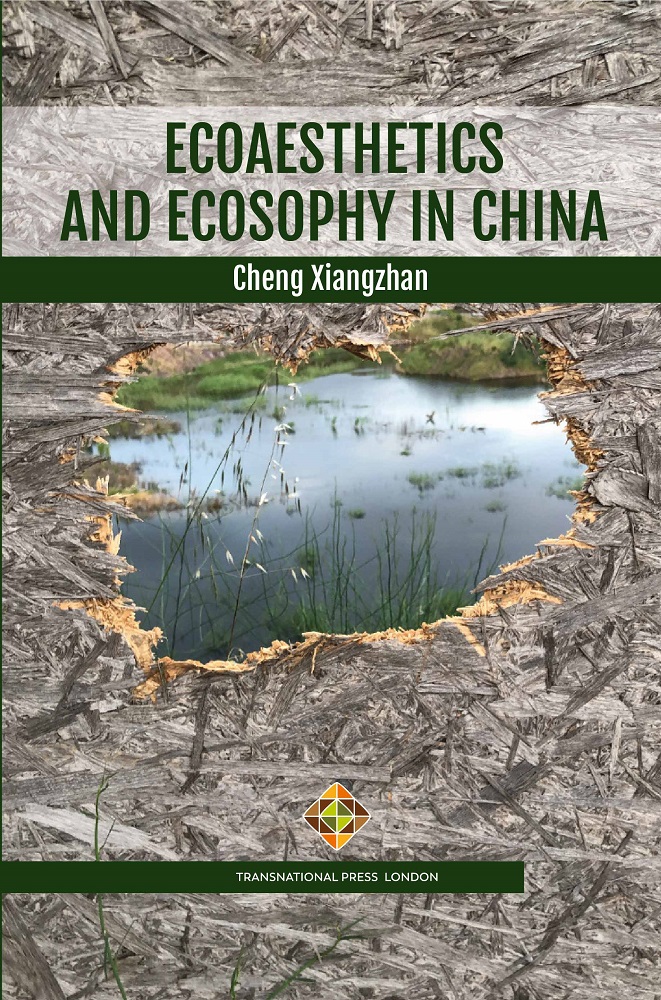Ecoaesthetics and Ecosophy in China
Ecoaesthetics and Ecosophy in China
Author(s): Cheng Xiangzhan
Subject(s): Ethics / Practical Philosophy, Environmental and Energy policy
Published by: Transnational Press London
Keywords: ecosophy; China; aesthetics; environmental humanities
Summary/Abstract: Chinese ecoaesthetics, which originated in 1994, has developed theoretically over the last 30 years. This branch of aesthetics, which is “based on ecology” and to “transform aesthetically towards the era of ecological civilization,” uses ecological realism as its philosophical foundation and ecohumanism as its guiding principles. Its central aesthetic paradigm is known as the “body-mind-environment” model. Its main research object is “…ecological aesthetic appreciation,” an exploration of how to appreciate aesthetics and ecology through “ecological beauty.” Additionally, ecohumanism can be further improved by referring to principles of ecology and examining the aesthetic synergies between humans and the earth’s ecosystem. Ultimately, ecohumanism is not only a method to aid in survival in an ecological crisis, but to elevate the human condition through assuming ecological responsibilities and promoting ecological civilization, leading to a more valuable and meaningful life.The theme of this book, Ecosophy C, can be summarized as “Moving toward the Aesthetics of Eternal Engendering”. Its key phrase, “Creating life” corresponds to shengsheng (生生) in Chinese, literally implying a continuous cycle of reproduction. Philosophically, this concept translates to “eternal engendering”. In essence, ecoaesthetics is the pursuit of the endless cycling of bio-engendering, which is the main goal of ecoaesthetics.
- E-ISBN-13: 978-1-912997-80-0
- Print-ISBN-13: 978-1-912997-79-4
- Page Count: 199
- Publication Year: 2023
- Language: English
- eBook-PDF
- Table of Content
- Sample-PDF
- Introduction

